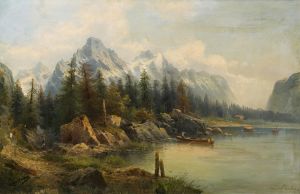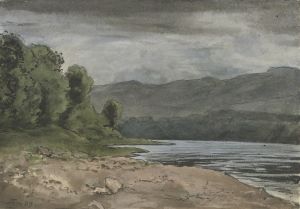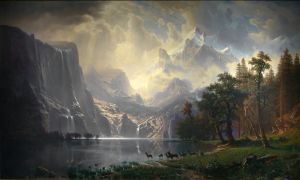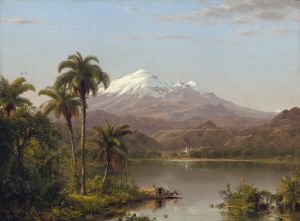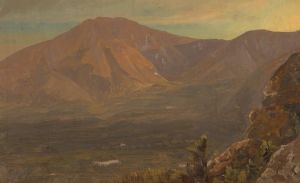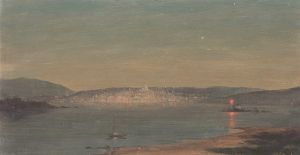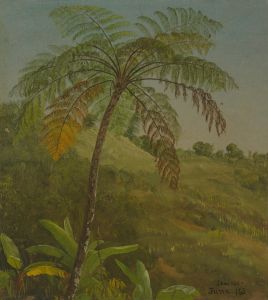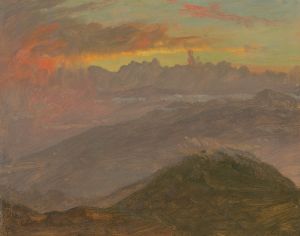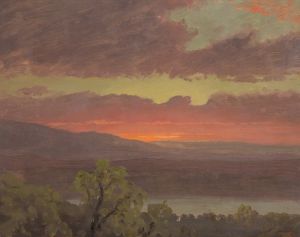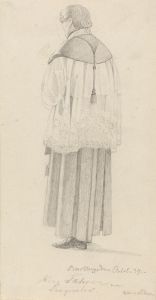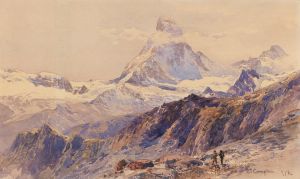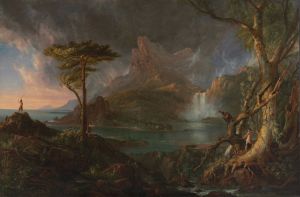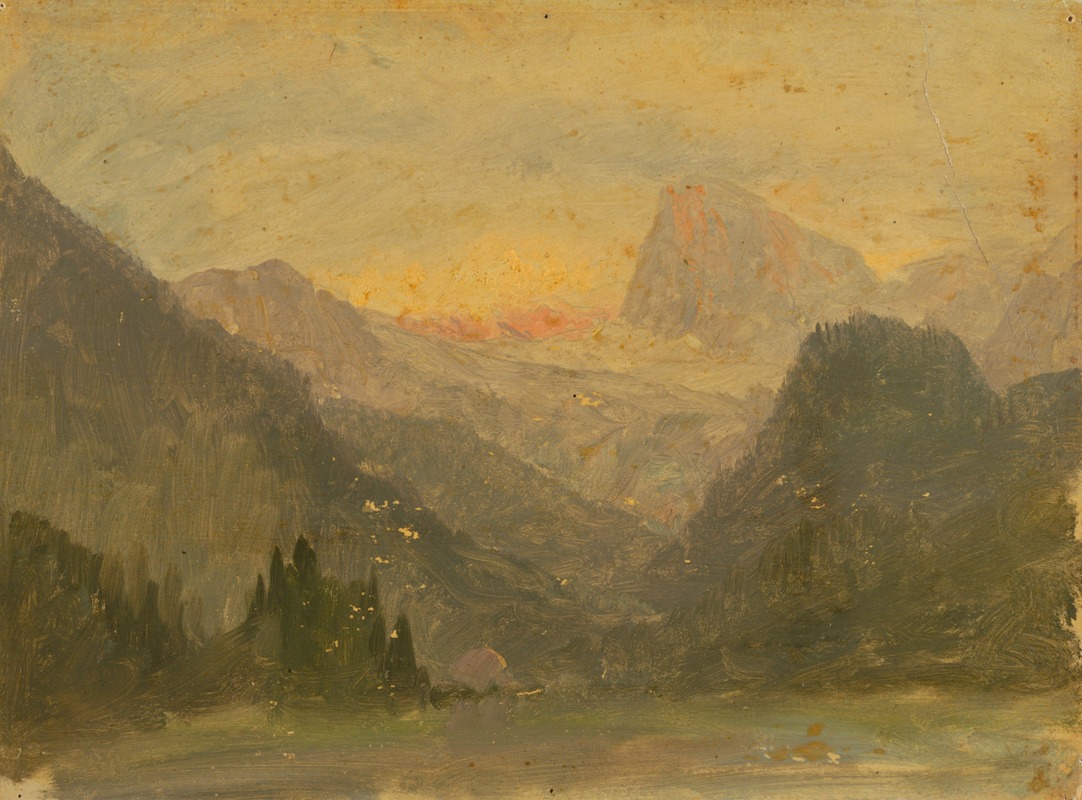
The Watzmann, near Berchtesgaden
A hand-painted replica of Frederic Edwin Church’s masterpiece The Watzmann, near Berchtesgaden, meticulously crafted by professional artists to capture the true essence of the original. Each piece is created with museum-quality canvas and rare mineral pigments, carefully painted by experienced artists with delicate brushstrokes and rich, layered colors to perfectly recreate the texture of the original artwork. Unlike machine-printed reproductions, this hand-painted version brings the painting to life, infused with the artist’s emotions and skill in every stroke. Whether for personal collection or home decoration, it instantly elevates the artistic atmosphere of any space.
Frederic Edwin Church's painting The Watzmann, near Berchtesgaden is a work by the prominent American landscape painter associated with the Hudson River School. Church, known for his detailed and dramatic depictions of natural landscapes, created this painting in 1868 during a period when he was exploring European scenery. The work portrays the Watzmann, a prominent mountain in the Bavarian Alps near Berchtesgaden, Germany. This mountain is notable for its striking silhouette and cultural significance in the region.
Church's interest in European landscapes emerged during his travels abroad. In the mid-19th century, he toured Europe, the Middle East, and South America, seeking inspiration for his art. The Watzmann, with its rugged peaks and picturesque surroundings, offered a compelling subject for his meticulous style. The painting reflects Church's characteristic attention to detail, use of light, and ability to capture the grandeur of natural settings.
The painting is executed in oil on canvas, a medium Church frequently used to achieve the vibrant and luminous effects seen in his works. While Church is best known for his depictions of American landscapes, such as Niagara (1857) and The Heart of the Andes (1859), The Watzmann, near Berchtesgaden demonstrates his ability to adapt his approach to European subjects while maintaining his signature style.
The painting is part of the collection of the Cooper Hewitt, Smithsonian Design Museum in New York City. It is one of several works by Church that reflect his fascination with the natural world and his ability to translate his observations into compelling visual art. The work is valued not only for its artistic merit but also for its documentation of Church's travels and his engagement with landscapes outside of the Americas.
Church's depiction of the Watzmann highlights his skill in rendering atmospheric effects and his interest in the sublime, a concept often associated with the Hudson River School. The painting captures the majesty of the Bavarian Alps while showcasing Church's technical precision and artistic vision.





